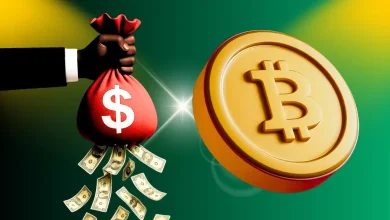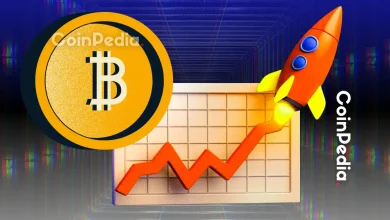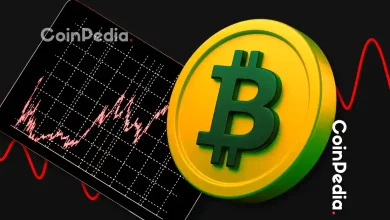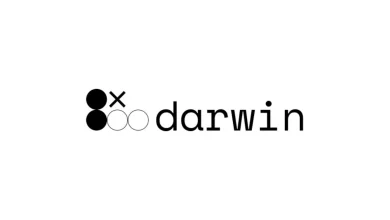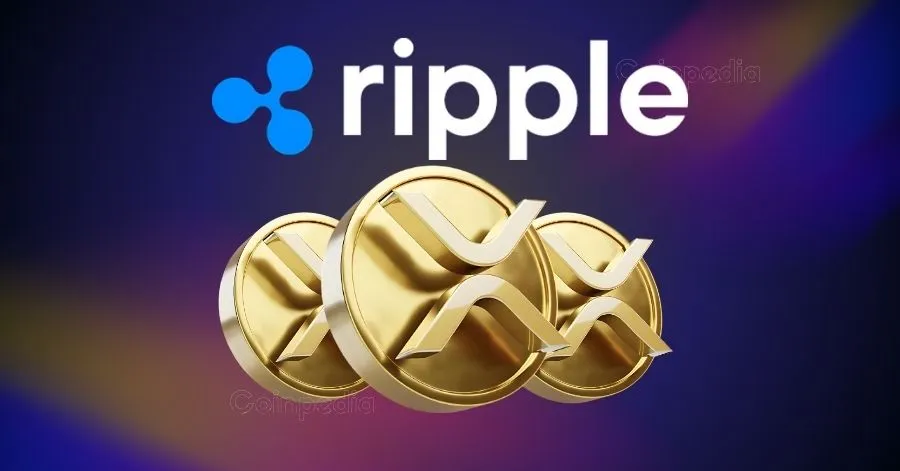
XRP has evolved beyond payments, now powering finance, gaming, NFTs, and more.
XRP Ledger supports DeFi apps, token swaps, and lending—faster and cheaper than Ethereum.
Ripple partners with nations to build CBDCs, advancing global blockchain adoption and innovation.
XRP enables micro-payments for online content, changing how creators earn on the internet.
When most people hear “XRP,” they immediately think of cross-border payments. And yes, XRP’s speed and low fees have made it famous for exactly that. But what many don’t see is the transformation quietly taking place beneath the surface.
XRP is no longer just a payments tool, it’s becoming a full-blown ecosystem for finance, commerce, gaming, and even governments.
And the best part? It’s already happening.
From Fast Payments to Full-Scale DeFi
XRP Ledger (XRPL) now supports decentralized finance (DeFi) tools like token swaps, lending apps, and tokenized assets. What makes it stand out is the low cost.
Unlike Ethereum, where fees can be high, XRPL keeps things fast and cheap.
Developers are building faster, users are transacting cheaper, and financial tools are being reimagined from the ground up. This is XRP stepping into a much larger role.
Tokenizing the Real World Assets
From real estate to stablecoins, almost anything can be turned into a digital token on XRPL. Imagine trading a house or a gold bar on the blockchain in seconds, without banks or middlemen. That’s the power of XRPL, and it’s the kind of utility that could bring blockchain into everyday life.
It’s not just an idea; it’s already happening.
A New Way to Pay Online
XRP also makes micro-payments possible. Thanks to its low fees, platforms like Coil now let users pay creators per article, or even stream small payments while watching videos. This could be the start of a new business model for the internet.
Smart Contracts, Gaming, and NFTs
The XRP Ledger is getting smarter, too. With features like “Hooks” and the EVM sidechain, developers can build apps with smart contracts and even connect to Ethereum tools.
Plus, with built-in support for NFTs and gaming assets, XRP is attracting creators and gamers looking for cheaper and faster platforms.
Governments and Institutions Are Already Onboard
Ripple is working with countries like Bhutan and Palau to help build their digital currencies. And big banks are already using XRP for fast cross-border payments, no waiting, no huge pre-funded accounts.
Ripple – “Internet of Value”
XRP isn’t just moving money. It’s moving value across borders, across chains, and industries. The Interledger Protocol (ILP) connects XRPL to other blockchains and financial systems, forming the backbone of what Ripple calls the “Internet of Value.”
It’s not a dream, it’s a work in progress that’s already connecting the dots.
Never Miss a Beat in the Crypto World!
Stay ahead with breaking news, expert analysis, and real-time updates on the latest trends in Bitcoin, altcoins, DeFi, NFTs, and more.
FAQs
XRP powers DeFi, tokenized assets, micropayments, NFTs, gaming, and digital currencies, enabling fast, low-cost transactions on the XRP Ledger.
XRPL offers token swaps, lending apps, and tokenized assets with low fees and fast transactions, making DeFi accessible and cost-effective for users.
Ripple partners with Bhutan, Palau, and banks to build digital currencies and enable fast, low-cost cross-border payments using XRP.

